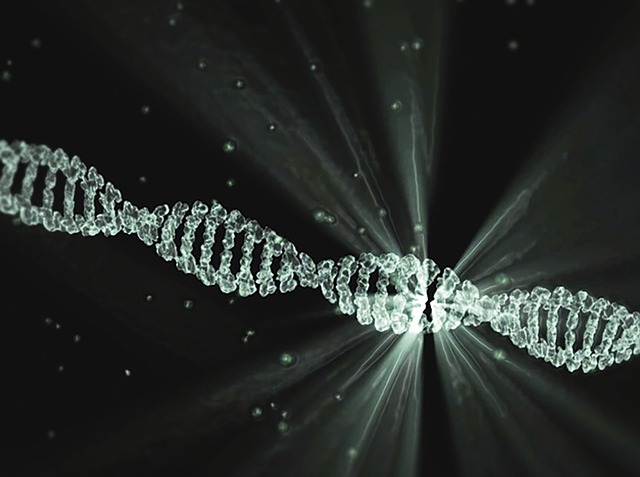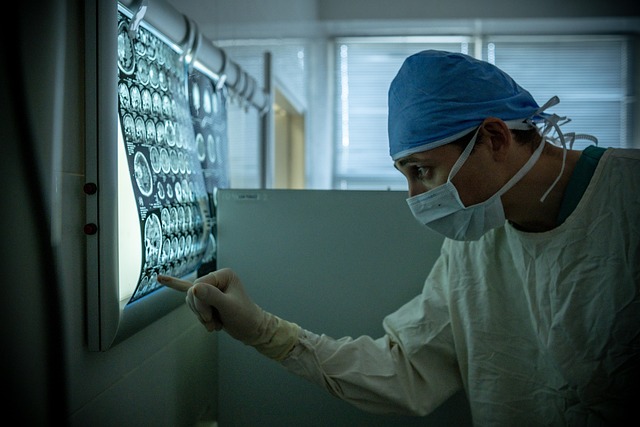Researchers claim they have found a potential new cause of autism. They discovered that children with a genetic condition called myotonic dystrophy type 1 are 14 times more likely to develop autism. Myotonic dystrophy type 1 (DM1) is inherited and results in fatigue, progressive muscle weakness, and various cognitive issues. The researchers say it could affect brain development and the way it processes information in the early stages of life. This could possibly alter the neural pathways responsible for communication, social interaction, and behaviour. This important discovery may help solve the questions surrounding the biological roots of autism.
Uncovering A New Cause of Autism

The development of myotonic dystrophy type 1 is caused by a faulty gene. Researchers now believe that this same gene may also be responsible for autism. These findings bring us closer to understanding the origins of the autistic spectrum. It could also help health practitioners develop more targeted treatments for those suffering from both conditions, such as the repair of damaged genes. It should, however, be noted that DM1 is much rarer than autism. This means that not every individual diagnosed with DM1 will subsequently develop autism.
In individuals with DM1, the DNA strands of the DMPK gene repeat, which causes it to not function properly. This can result in symptoms such as involuntary movements and progressively weakened muscles. These errors in the gene also result in protein imbalances, which affect the genes that are involved in brain function. This may cause people with this condition to develop symptoms shared with autism, including sensory issues, a loss of coordination, and repetitive movements. However, it is still comparatively rare, with only 140,00 diagnosed cases compared to the 7 million diagnosed cases in the US.
With these findings, researchers have found a new way to determine autism’s genetic development. According to the study’s author, Dr Ryan Yuen, “By identifying the molecular pathway behind this connection, we can begin to investigate new approaches to ASD diagnosis and the development of precision therapies that release these proteins back into the genome.” Basically, this means that certain essential proteins can be added back into DNA. By doing so, faulty genes can be repaired and further errors can be prevented.
Read More: 8 Autism Symptoms in Women That Are Frequently Missed
Toxic RNA

The researchers found that when the DMPK gene repeats, it produces toxic RNA. This toxic RNS then binds to the proteins responsible for DNA production during the developmental phase of the brain. This effectively depletes the protein and stops it from binding other RNA molecules, resulting in protein imbalances and gene errors. According to Dr. Yuen, these toxic RNAs act as sponges, absorbing all those vital proteins from the genome. Other parts of the genome cannot function properly without this protein.
The researchers found that both DM1 and autism are caused by DMPK repetitions. According to a lead researcher, Dr Lukasz Sznajder, “This is how we started connecting the dots. We found a molecular link, or overlap, which we believe is the core of causing autistic symptoms in children with myotonic dystrophy.” Having DM1 results in weakened muscles surrounding the limbs and eventually affects the vital organs, including the lungs and heart. This eventually culminates in breathing difficulties and abnormal heart rhythms.
However, these symptoms usually only arise in adolescence or early on in adulthood. They start with muscle weakness in the neck, fingers, face, and ankles. DM1 affects around 140,000 people in the United States, with the average life expectancy being around 48 to 55 years of age. The authors of the study state that more research connecting DM1 to autism is still needed. However, the team plans to examine whether these errors in DNS also occur in other genes associated with autism.
The Bottom Line On The Potential Cause of Autism

This new study reveals a previously unknown genetic link between myotonic dystrophy type 1 (DM1) and autism. This has provided significant insight into how certain gene abnormalities may affect brain development. While DM1 is uncommon, the finding of shared molecular pathways may lead to more tailored diagnostic tools and gene-based treatments for autism. Further research is needed to validate and expand on these findings. However, this accomplishment moves scientists one step closer to understanding the complex molecular foundations of autism and potentially improving outcomes for individuals affected.
Read More: RFK Jr. Faces Backlash Over Plan to Create Autism Registry and Track Diagnoses

